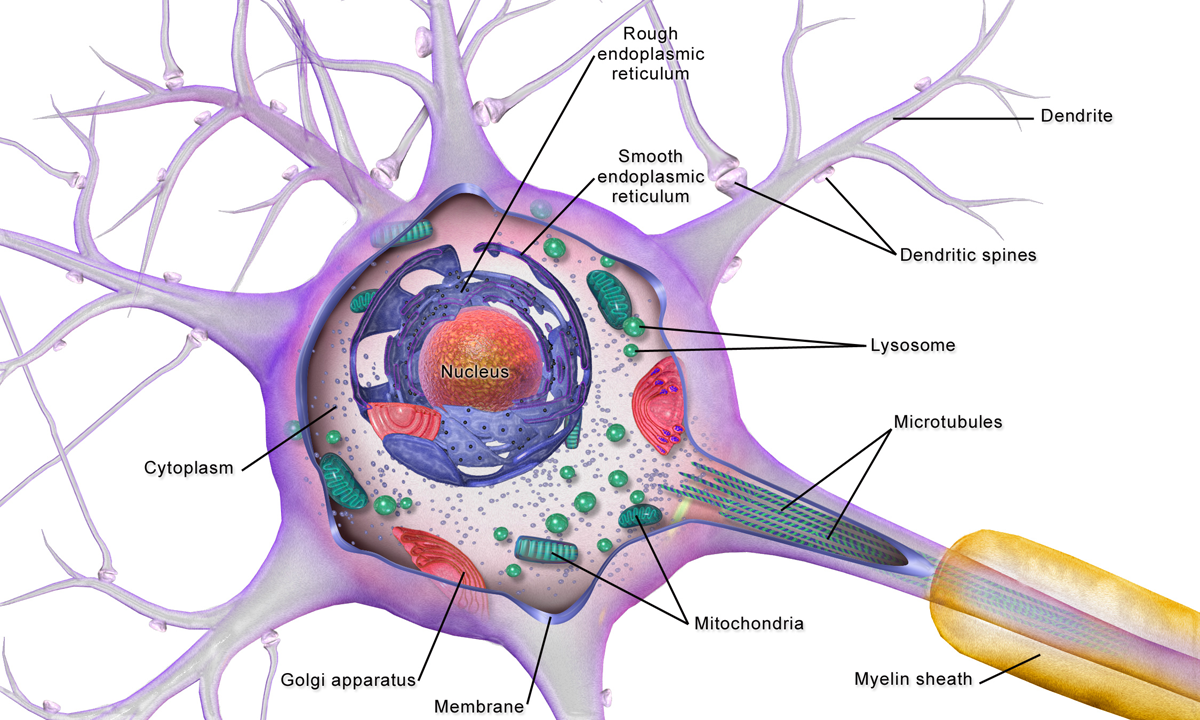
Brain cells
Brain cells collectively comprise the functional tissue of the brain (1). They are composed of 2 main types of cells, neuronal and glial cells (1). Glial cells can be further divided into astrocytes, ependymal cells, oligodendrocytes and microglia, which play a crucial role, in supporting the physiology of neurons (1).
Together they form a complex 3D interconnected system. A robust and reproducible in-vitro culture of these cells aids in advancing our understanding of the basic functions of the nervous system as well as in the study of neurodegenerative disorders, injury, and infection.
Challenges in culturing Primary neurons
Given its 3D organization in-vivo, in-vitro culturing presents a unique challenge. The culture conditions should mimic the appropriate microenvironment with topographical cues that influences proliferation, differentiation and migration of cells, resulting in different protein and gene expression profiles (2-6). 3D cultures achieve such conditions, providing an in-vivo like environment, on a well-defined platform.
Scaffold free 3D cultures
To this end, spheroid cultures based on a scaffold free system, prevents the cell from exposure to foreign materials, and enables formation of native cells populations with its own extracellular matrixes. For example, SFFV2 (immortalized astrocytes) have been successfully used in spheroid culture to study the role of astrocytes in health and disease (7). Culturing brain cells in 3D spheroids has shown to reproduce disease phenotypes such as amyloid formation and deposition in cellular models of Alzheimer’s disease (8). Additionally the defined nature and reproducibility of spheroid models serves it as a good candidate for use in high throughput drug screens and toxicology studies.
References
- Purves, Dale (2012). Neuroscience (5th ed.). Sunderland, Mass. pp. 8-10.
- Balgude, A.P., Yu, X., Szymanski, A., and Bellamkonda, R.V. Agarose gel stiffness determines rate of DRG neurite extension in 3D cultures. Biomaterials 22, 1077, 2001.
- Li, G.N., Livi, L.L., Gourd, C.M., Deweerd, E.S., and Hoffman-Kim, D. Genomic and morphological changes of neuroblastoma cells in response to three-dimensional matrices. Tissue Eng 13, 1035, 2007.
- Hoffman-Kim, D., Mitchel, J.A., and Bellamkonda, R.V. Topography, cell response, and nerve regeneration. Annu Rev Biomed Eng 12, 203, 2010.
- Bruder, J.M., Lee, A.P., and Hoffman-Kim, D. Biomimetic materials replicating Schwann cell topography enhance neuronal adhesion and neurite alignment in vitro. J Biomater Sci Polym Ed 18, 967, 2007.
- Baker, B.M., and Chen, C.S. Deconstructing the third dimension—how 3D culture microenvironments alter cellular cues. J Cell Sci 125, 3015, 2012. 7) https://facellitate.com/wp-content/uploads/White-Paper-Astrocytes_final.pdf
- Choi, S.H., Kim, Y.H., Hebisch, M., Sliwinski, C., Lee, S., D’Avanzo, C., et al. A three-dimensional human neural cell culture model of Alzheimer’s disease. Nature 515, 274, 2014.



